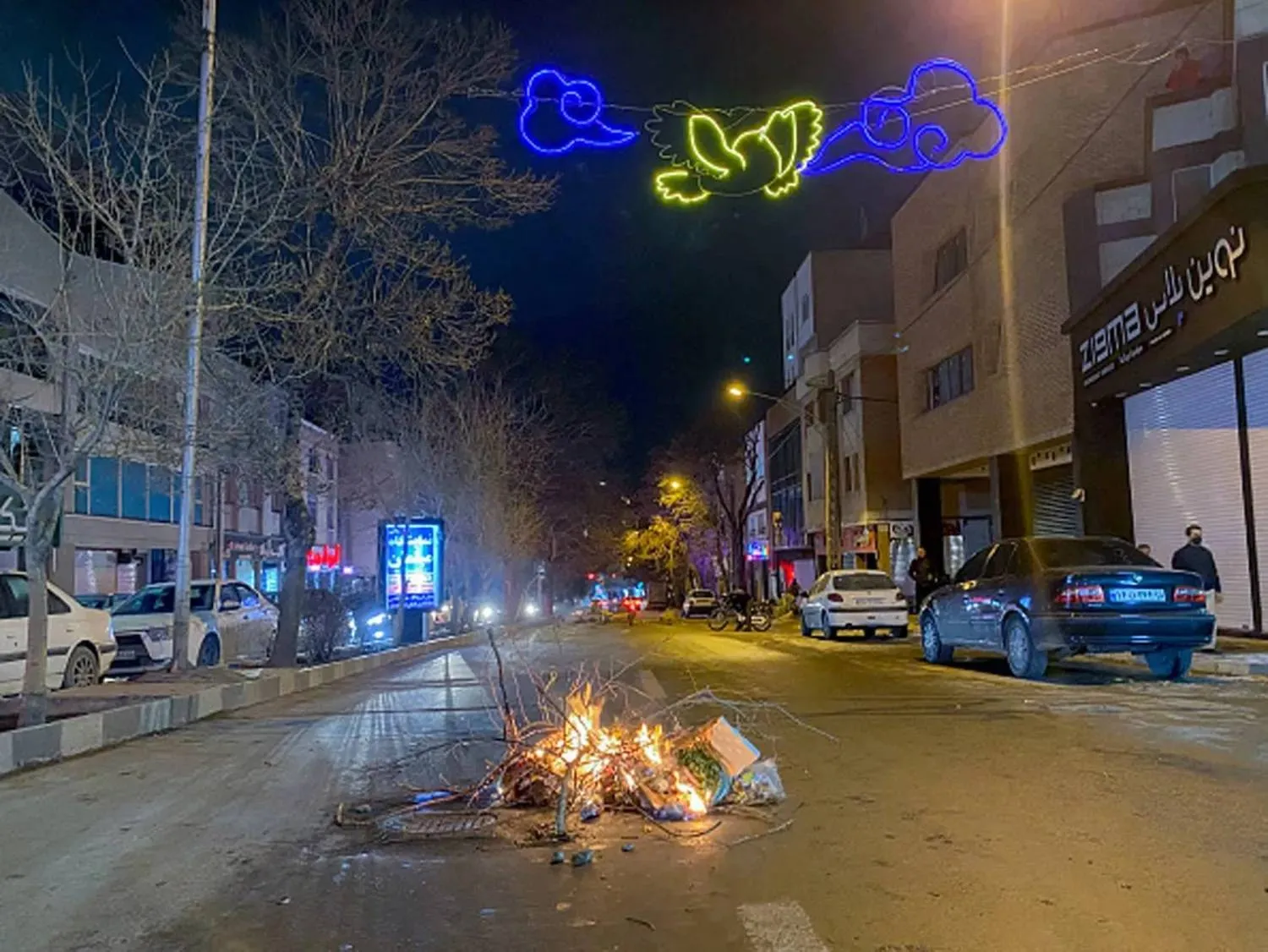Modern slavery is prevalent in Yemeni regions under the control of the Iran-backed Houthi militias, including the capital Sanaa.
Sources close to the group told Asharq Al-Awsat that several civilians have been forced into slavery by prominent Houthi leaders. More than 1,800 Yemenis work as servants and slaves at the residences and workplaces of high-ranking Houthi officials.
These including militias leader Abdulmalek al-Houthi, his brother Abdulkhaliq and their relatives Mohammed Ali al-Houthi, Hamza al-Houthi, Abdulkarim al-Houthi, Mohammed Abdulkarim al-Houthi, Yehya Badreddine al-Houthi, Sheikh Ashraf al-Kabsi, Abdulrab Saleh Jarfan, Hassan Amer and others.
The Houthis are working tirelessly to restore slavery in Yemen, nearly 70 years after the adoption of the Universal Declaration of Human Rights and decades after the 1962 revolution in Yemen. The revolt called for liberation against all forms of oppression and slavery.
Several local reports have confirmed that slavery witnessed a rise in Yemen during the past four years when the Houthis staged their coup against the legitimate government. Crimes linked to modern slavery vary from actual slavery, abusing people’s poverty and hunger, forced marriage, human trafficking and the forced recruitment of children, women and African migrants.
Yemeni activists revealed that since the coup, the Houthis sought to segregate Yemeni society into rulers and subjects, and masters and slaves.
They told Asharq Al-Awsat that the Houthis are attempting to cement these ideas in society by having the Houthi family seize all aspects of the state and its institutions.
“We do not doubt this segregation because it is the literal implementation of racist ideology that is based on modern slavery and the divine right to control rule, money and the affairs of the people,” they said.
A member of the lawyers syndicate in Yemen told Asharq Al-Awsat that some Houthi elders and social figures still enslave the poor, bind their freedoms and force them to work without pay. They are also forced to the battlefield to fight for the Houthis.
The Houthi discrimination against the people is based on color, race and ancestry, he said on condition of anonymity.
The masters, who call themselves the “Hashemites”, are now at the top of Yemen’s social class. They believe themselves to be of the purest ancestry and have given themselves the privilege of ruling the country and accumulating wealth. They are followed by tribes, workers and farmers. This class is often looked down upon and discriminated against by the Houthis.
Slavery is outlawed by Yemeni law, said the lawyer. Perpetrators can face no less than ten years for buying, selling or depriving a human of his free will.
Since their coup, the Houthis have sought to turn back the hands of time and take back Yemen to the era of the oppressive imamate and all forms of slavery.
A civilian, who works for a pro-Houthi tribal leader in Saada, told Asharq Al-Awsat: “I have been working for years at the sheikh’s house without pay. I cannot go back to my family or do anything out of my own free will.”
“I do not know the meaning of freedom,” he said.
He revealed that he is responsible for all the house work, as well as farming. He noted that the number of servants and slaves rose remarkably under Houthi rule, attributing it to the increase in poverty, unemployment and hunger, all of which were sparked by the coup.
Experts confirmed that poverty, starvation tactics, oppression and systematic Houthi exploitation have forced civilians into slavery.
The Minister of Awqaf in the legitimate government had previously called for the need to uncover the Houthis’ misleading practices, expose their discrimination against the people and their dividing of society into masters and slaves.
According to an international report, more than 40 million people around the world, including 85,000 in Yemen, are victims of slavery. It said the war-torn countries of Yemen and Syria account for 76 percent of slavery cases in the Arab world.
A US State Department report had also previously confirmed modern slavery in Yemen, accusing the Houthis and the al-Qaeda group of promoting slavery and human trafficking. Sexual abuse, slavery and child recruitment are among the most glaring examples of human trafficking in Yemen, it said.









